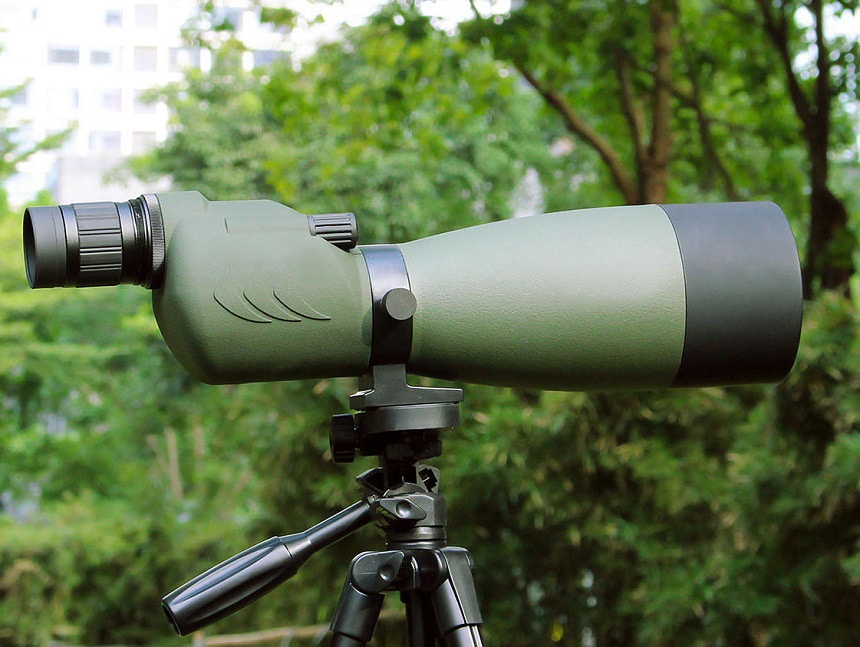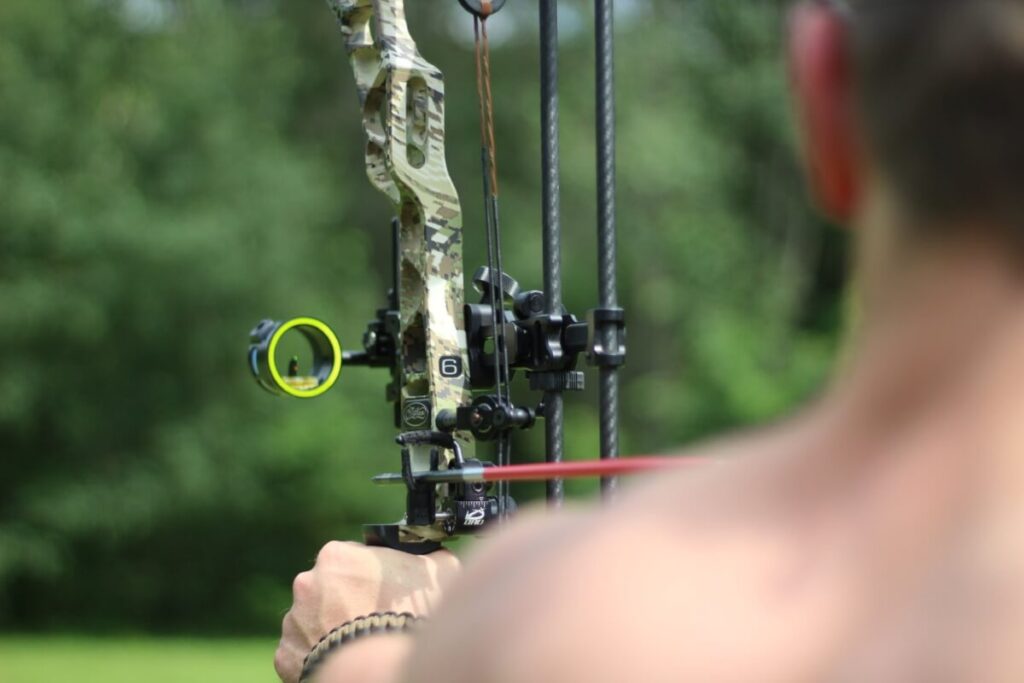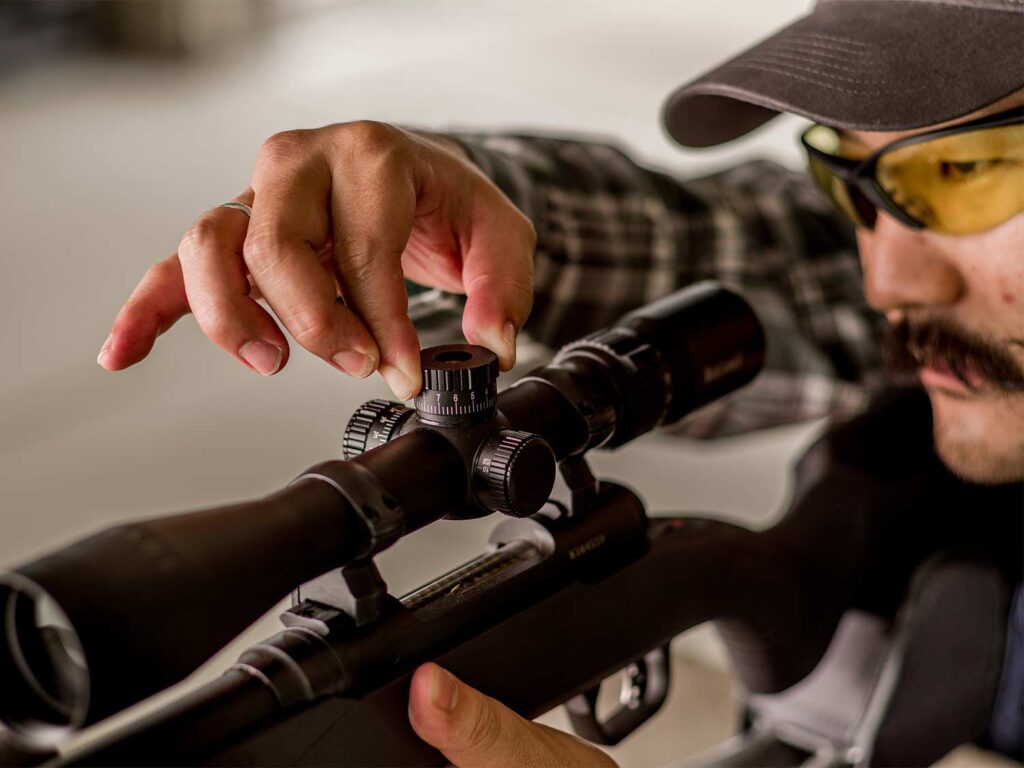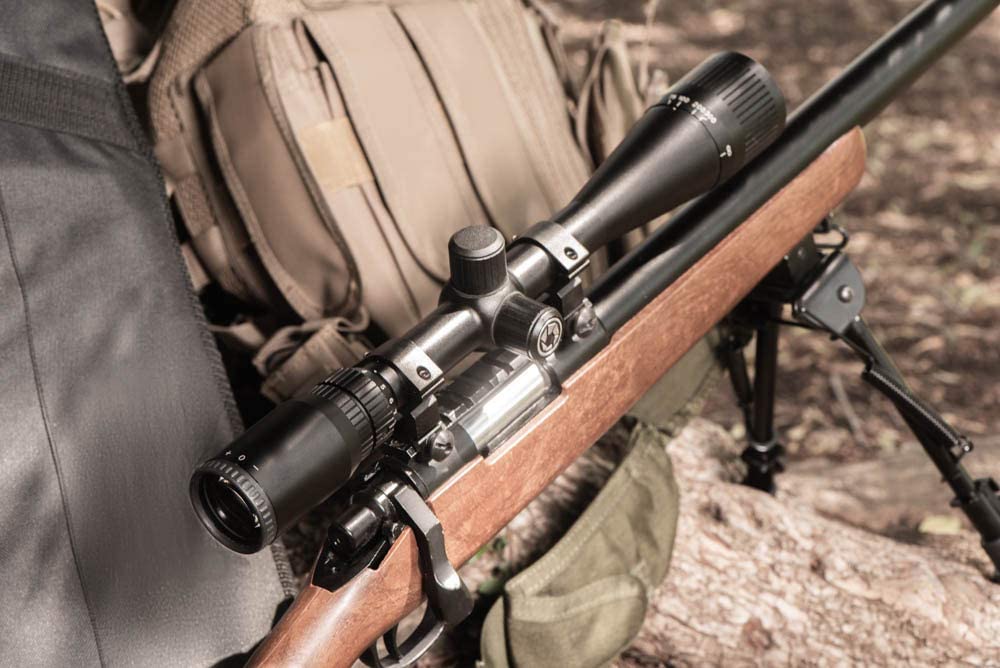

If you’re a dedicated hunter, you’ve probably heard a lot about this angled vs. straight spotting scope Trusted Source Spotting scope - Wikipedia A spotting scope is a compact high-power telescope optimized for detailed observation of distant objects. en.wikipedia.org debate. There are many different types of scopes, but these tend to draw a lot of attention. While the details can get a little technical, we’re here to assure you that the choice becomes clear if you know your stuff. Here’s a little information to help you decide between the two.
While there are a laundry list of advantages and disadvantages for either type of spotting scope, the lay of the land can basically be boiled down as follows- for an angled spotting scope, you can expect to be able to use a shorter tripod, but it might be a bit harder to fit into your pack because of the awkward shape. For a straight spotting scope, on the other hand, is easier to use in many different situations. However, the straight scope means you’ll have to crouch and crane a little.
Angled spotting scopes are so called because they use an angled eyepiece to aid the hunter in ease-of-use. This is great for times when you might be trying to locate uphill, or if you just don’t like to bend down and crane your neck up. It can also, however, result in some disadvantages spotting downhill. Keep in mind, these two scopes usually cost about the same, so cost isn’t really an issue. This will be about the technical.
When it comes to advantages, the angled spotting scope has a lot of them. As hunters, we all know the pain of having to bend over and crane our necks just to get glass on an animal we may or may not end up bagging. The angled scope fixes this issue.
If you’ve got a bit of a crick in your neck from trying to keep your eyeball in the eyepiece, you might consider an angled scope. The eyepiece on an angled scope points upward, meaning all you have to do is move your neck as naturally as if you were checking your shoelaces.
The idea here is the same as a periscope- look in one direction, see in another. To obtain the same convenience out of a straight spotting scope while standing or sitting, you’ve got to have a tripod that goes all the way up to your eye height.
With an angled scope, your tripod can be at chest height and you can still be fairly comfortable using your spotting scope. Instead of craning your neck, bending your knees, and slouching over, you can just look straight down. This means greater ease-of-access.
While angled scopes can be great for reducing neck pain and increasing hunter comfort, they do have some disadvantages.
First off, angled lenses can be much harder to use in non-field situations. By this, we mean situations in which you’re not quite out in the rough. Maybe you’re closer to civilization, and you’ve got a car on hand. In this case, you may want to spot from your car, and a window mount will come in handy.
But imagine, if you will, trying to get your neck into a position where you can see straight through an angled scope, while you’re sitting, and your scope is attached to your window. It’s nearly impossible. Thus, you might be better off sticking with a straight scope when doing more civilized hunting.
Additionally, angled scopes can be hard to fit in a pack- especially if you’re the kind of hunter who likes to camp a little while you’re out and at it. With all those extra supplies- jackets, vests, and so on- you’ll likely find it a little hard to fit the angled, inflexible device in your pack.
Finally, we have to talk about downhill disadvantages. While an angled scope will work great for uphill terrain, essentially just working like a straight scope, it will be harder to use downhill. If standing, you’ll likely have to lower your tripod by a lot to get your eye in the eyepiece.
Straight scopes are your classic design. It’s just lenses and a shell, and it all works together to create spotting advantages that are just as good visually as for an angled scope. But it can have a few advantages over the angled spotting scope.

If you’re looking for a scope that will treat you right your first time or two, go with a straight scope. All in all, using a straight scope is just as easy as using the scope on your rifle, whether that be a 14 ranch or a model seven. Just point and spot- can’t get any easier than that. If you could find the moon through your telescope as a kid, you can spot a buck through a straight scope.
In contrast, angled scopes may be a little wonkier to use the first few times around. This is because you aren’t facing where you’re looking, which can be disorienting.
Straight scopes can also be easily mounted to a car window. Using a straight scope in a car is easy as taking a slight crouch and putting your hands up to adjust. You still crane a little, but not nearly as much as with an angled scope.
Lastly, if you’re trying to make a downhill shot and you need to do some spotting, you may find that a straight scope got the goods. Using a straight scope downhill can be just like using an angled scope on flat land, so you know you’ll be having a rather easy time spotting. Just stand up, get your eye in there, and find that buck.
On open terrain, a straight scope just can’t really compete with an angled scope. Put it in a car, and you’ve got a real matchup, but you’ll be craning your neck when you’re out in the field. If you’re looking for something you can get down into quickly and easily while you’re out hunting, an angled scope might be better.
Of course, this disadvantage evaporates when you get the high ground, but we’re talking about disadvantages here. So, consider that after heavy use of your spotting scope- which you’re likely to do- you may start to feel a bit of smarting in the neck even when you’re done with the hunt. That awkward neck craning lingers- any hunter will tell you this.
For younger hunters, this may not be as big of a problem. The older ones among us will be able to recall when their bodies were fresh and nimble, and they could contort themselves into just about any awkward position just to make a good shot. But as old age starts to set in, you may become a little less flexible. In this case, you’re definitely going to want to consider all that bending and craning you’ll have to do to sight in on a straight scope.
Additionally, the pain of carrying around that big tripod you’re going to need may hurt your back. Not to mention, you’ll have to find a place for the big, clunky thing. Forget about taking the big tent- you’re going to have to save room if you take a straight scope tripod along.
Finally, you might consider how the wind affects your use. With less tripod comes less contact with wind. And with less wind-contact, you put yourself at less risk of wobbling. This is a small advantage, and one that many hunters won’t even notice. But at the end of the day, it really can help put you over the edge.
So, no matter what kind of hunter you are, know your likes and dislikes. If you’re the kind of person who likes as much comfort and quickness as possible when you’re hunting, an angled spotting scope might work best for you. However, if you find that you’re doing a lot of downhill shooting, or the awkward angle hinders your spotting prowess, you may want to make the switch to a straight scope.
Keep in mind, a lot hinges on how wild you’re getting in your hunting trip. If you’re going to be making shots from a car, consider getting a straight scope, which has an advantage on a mount. If you’re going to be out in the open, an angled scope might just serve you a little better.





